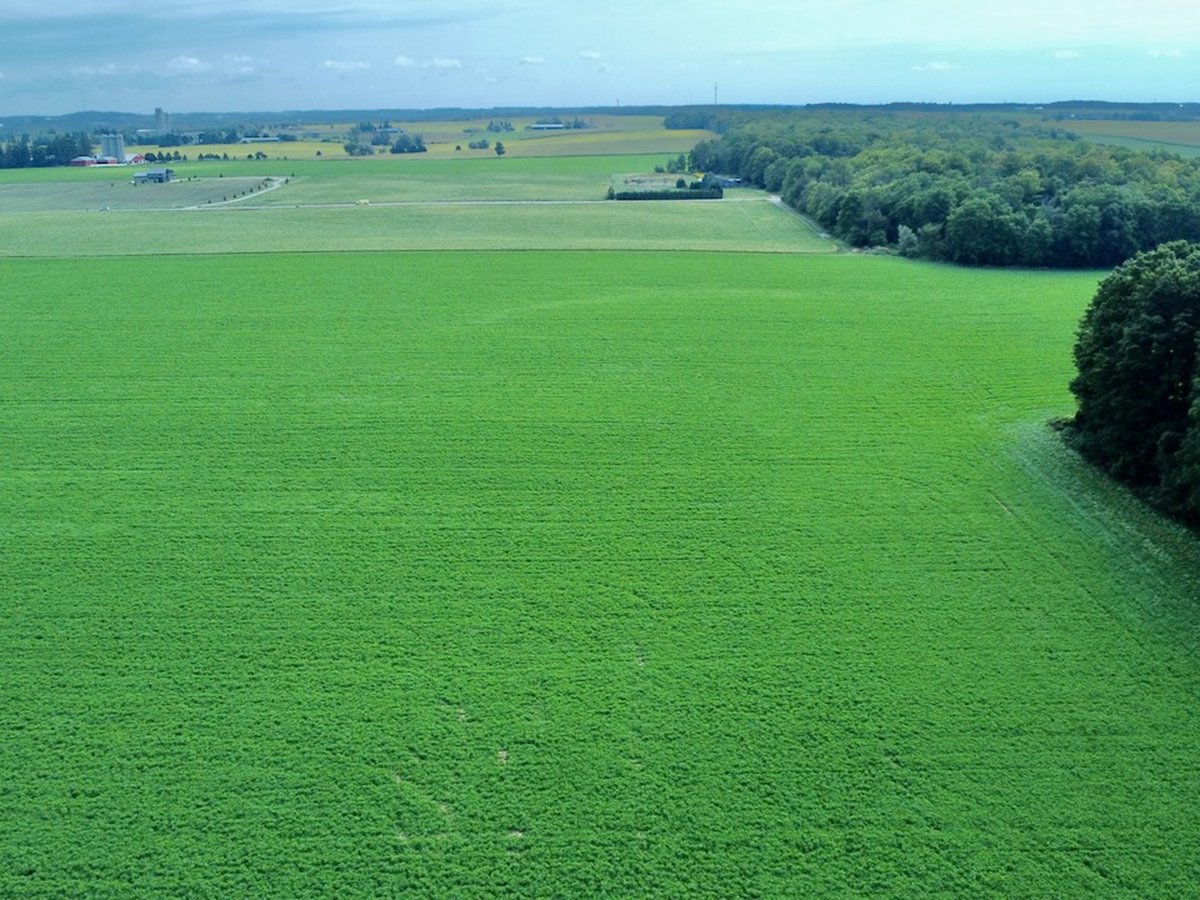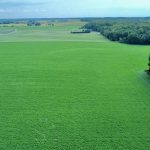Seeding activity across the Prairies ranges from waiting for warmer weather to waiting for germination and emergence.
In Ituna, Sask., Brenda and Mitchell Kolanko haven’t turned a wheel on their farm equipment this season and doubt if they’ll start before May 15.
This week Mitchell pulled the equipment in front of the garage to get it ready, but there were two centimetres of ice on a pail of water in the yard on the morning of April 26 and even the weeds haven’t started to grow.
“It’s a bit too cool. The weather’s not quite right yet,” said Brenda from her farm in southeastern Saskatchewan.
Read Also

Canadian Alliance for Net Zero Agri-Food launches farm resilience pilot projects
CANZA, the organization funded by some of the leading food industry companies to encourage resilient and regenerative practices on farms, announced how its programs will work on Oct. 7.
Farther west into Alberta, Richard Fritzler of Etzikom finished seeding April 25, but he’s not particularly happy about it.
“It’s not normal. It’s three weeks too early,” said Fritzler, whose farm is tucked into the farthest southeastern corner of the province along the Cypress Hills.
When he started seeding the moisture was fine, but when he finished he was seeding into dust.
“If we don’t get rain in four or five days, the crop is going to come up spotty,” said Fritzler, whose peas have already started to emerge.
“Some are laying in dry dirt. That’s not good news.”
Jim Crooymans of Bow Island, Alta., estimated he’s about 60 percent done seeding. In his area of southern Alberta most farmers are finished seeding cereals and are waiting for rain before seeding the other crops.
There is little moisture in the top five cm of soil, creating spotty germination in the cereals that have already been seeded, he said.
“It’s too early to be this dry,” said Crooymans, who plans to wait to seed his hybrid canola and dry beans until May 10 when the water is turned on in his irrigation district.
Jim Pratt, a soils and crops agrologist in Swift Current, Sask., said cool, dry conditions have forced many farmers to wait for warmer weather.
“The guys are poised on the edge of the field waiting to get at it.”
He said producers would prefer a warm, spring rain before they get too many acres seeded.
It’s the same story farther north in Saskatchewan. Rob Walde of Kindersley is seeding a little wheat, but has an ear to the forecast.
He’s heard it was supposed to rain by April 28, which would be welcome news.
On the weekend, winds reaching up to 90 km-h blew soil into the next township.
“It was pretty depressing. The air was brown,” said Walde, who added that back roads were blocked with dirt drifts and the ditches were full of topsoil.
Even if it doesn’t rain, Walde said he would keep “plugging away,” seeding a bit each day and hoping for rain.
Don Lenderbeck of Roblin, Man., said he’s started to harrow, but his area has been too cold for seeding.
“There are still snowbanks at the edge of the field.”
His farm is along the Duck Mountains in northwestern Manitoba.
Even though there was good snow in the fields there during the winter, there was little runoff and few wet areas left in the field.
Lenderbeck spent the past week spreading fertilizer on his pasture and never had to drive around sloughs in the low spots.
Farther south in Manitoba at Plum Coulee, farmers on either side of Brian Derksen are seeding, but he’s waiting for warmer weather.
He may seed wheat this week just to get it out of the way, but will wait for higher temperatures before planting dry beans, corn, soybeans and canola.
There is good moisture at Plum Coulee, said Derksen.
Farmers in British Columbia’s Peace River region have also started a bit of fieldwork and some early seeding.
Ross Ravelli of Dawson Creek is doing some last minute maintenance on his air seeder and could be in the field by the weekend. He plans to keep an eye on the soil temperature probe and will wait until it warms up before seeding seriously.
While the soil moisture is poor, the Peace River area generally gets enough spring rain for good germination.
“I’m still optimistic, so far,” said Ravelli.














